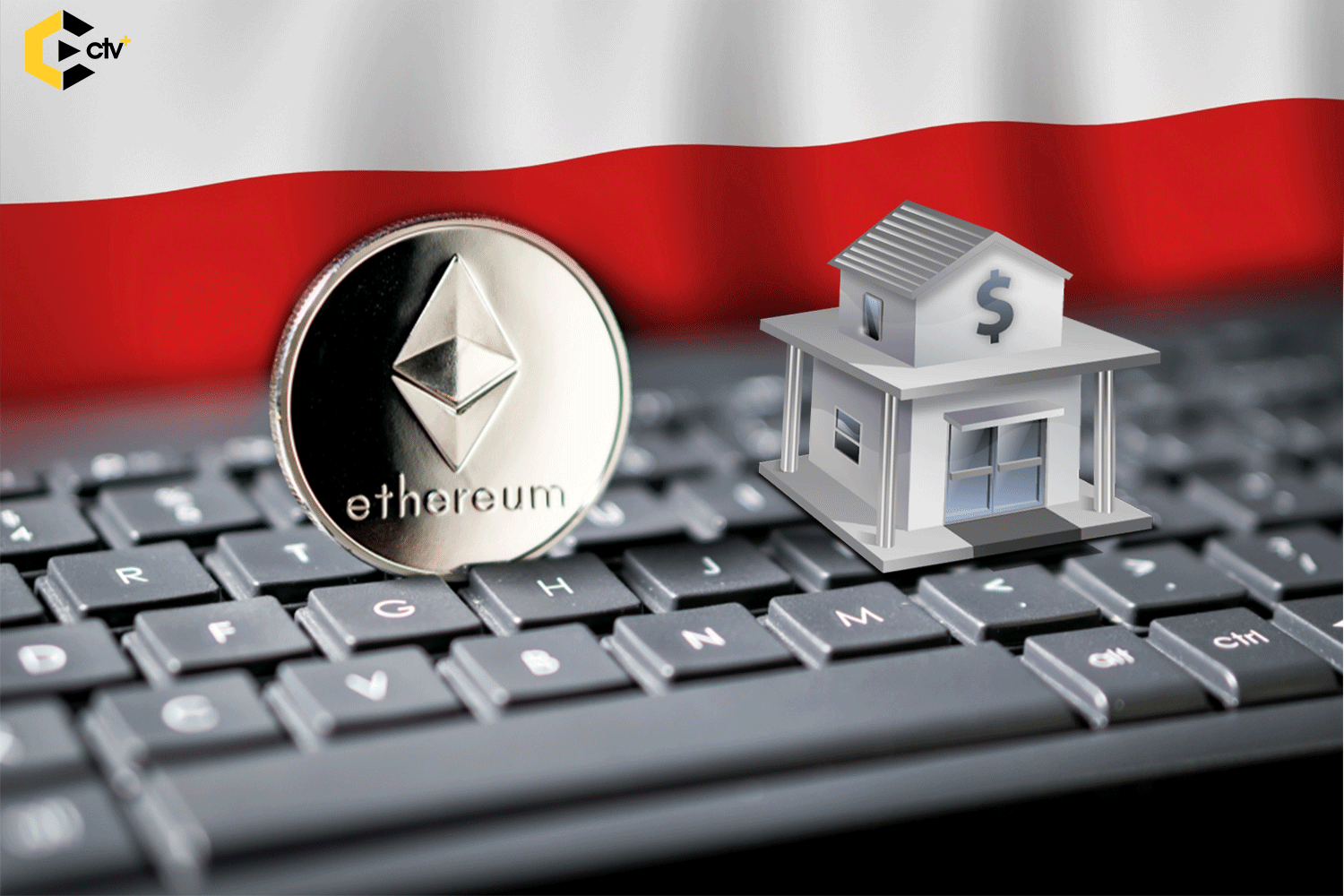FEATURED
Polish Bank Verifies Documents With Ethereum Blockchain

Alior Bank, one of the 10 largest banks in Poland has adopted a public Ethereum blockchain authentication feature which would allow clients to verify documents. This feature would enable clients to be able to verify the authenticity of the documents by giving them clues on whether the said document was really issued at first, the exact wording of it and when it was issued. The clients only have to follow a website link to its spot on the public Ethereum blockchain.
The reason for this development stems from the changing regulations in Poland in 2017 where the Office of Competition and Consumer Protection ruled that a page on a bank’s website that is prone to change does not qualify as all banks are required to grant customers’ access to documents in the form of a“durable medium.”
According to the report the blockchain solution was developed in response to the above regulatory requirement and thus, Alior established what it calls “the Blockchain Center of Excellence last October to complete the project.”
Tomasz Sienicki, blockchain strategy lead at Alior, commented thus; “our mission is to be disruptive, so we want to provide innovative solutions, and we want other banks to follow us as well. We welcome if somebody copied our solution. We are showing that it’s possible to use public blockchain even if some people think it’s impossible.” He went further to say that “we want people to verify that we did everything right and we don’t conceal anything. If we say the documents are actually verified and authentic, everybody can check it and confirm. That’s not possible using a private blockchain.”
This initiative of harnessing the public ethereum blockchain for authentication of documents was born in Alior’s innovation lab, but later on,” we managed to convince our management that a dedicated team should be set up on just blockchain issues. Everybody can copy this code and use it for his or her purposes. We encourage people to do so, ” Sienicki said.
Since this feature uses a smart contract that stores hashes of documents, clients can browse the documents they have received and search their history to find where those documents are located on the blockchain to ensure that they have not been changed or altered.
Following from this, Piotr Adamczyk, Alior’s blockchain technology Lead who was in charge of writing the code for the project said; “we know exactly in which block of ethereum the document with a given hash is published. If we know the block number, we also know the timestamp. We know that the document was published some time ago and hasn’t been changed in that time [if the hash stored on the blockchain is identical to the hash calculated from the document], so we can prove it hasn’t been replaced on our servers.”












